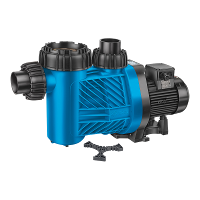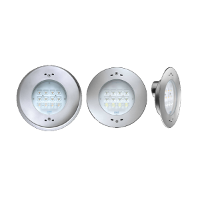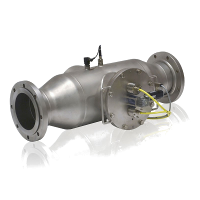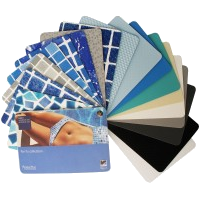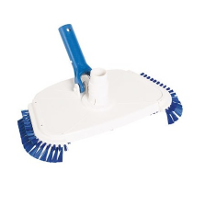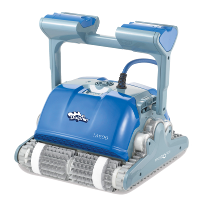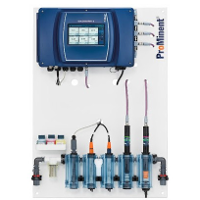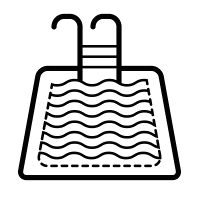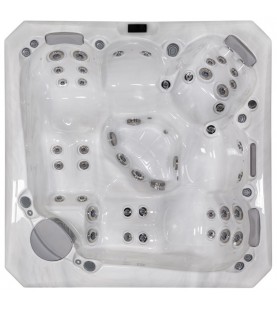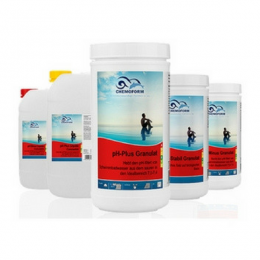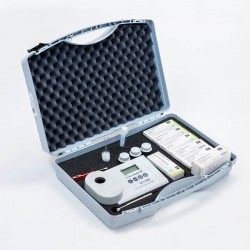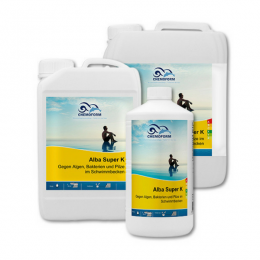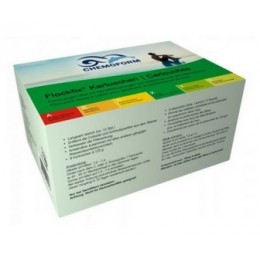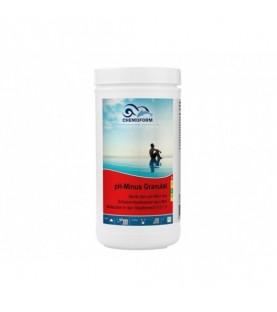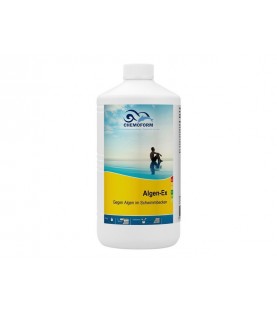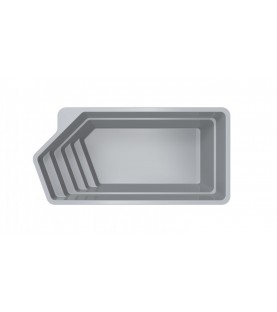
Active filters
- Algae Control: Low foaming

Algae control
Active filters
- Algae Control: Low foaming
-
Algen-Ex 1 l algicide...
Algae prevention - highly concentrated, liquid and low-foam with long-term effects. 1ltr
-
Algen-Ex 5 l algicide...
Algae prevention - highly concentrated, liquid and low-foam with long-term effects. 5ltr
Algae Control
Want to know a secret? Typical sanitizer levels are no match for pool algae. On a sunny day, algae photosynthesize and multiply rapidly, growing your microscopic problem into a pool-sized one in no time. It’s easy to ignore a little cloudiness or some stubborn, dark debris by your stairs, especially when your pool is getting heavy use.
But overlook algae for just a little too long, and you’ll wind up spending a lot of time and money to get rid of it. Before that slimy nuisance grows out of control, get rid of algae in your pool with a special deep cleaning procedure. Then make sure it never comes back by using smart prevention measures.
Swimming Pool Algae Types
The exact tint of your water might not be so obvious, plus it’ll be cloudy, so it may be difficult to tell which kind of algae has take up residence in your pool.
To be sure which type of algae is in your pool—which will determine how you get rid of it—take a close look at any spots where algae is starting to grow.
Green algae: The most common and easiest algae problem to kill is chlorophyta, which gets its color from chlorophyll. Green algae floats in the water, making it cloudy and giving it a greenish tinge. Slimy green algae also attaches itself to your pool walls and floor. Poor filtration and lack of proper sanitization boost green algae growth. It can be introduced to your pool by swimwear and toys that have been used in natural bodies of water that contain algae.
Yellow algae: If you see what looks like pollen or sand in a shady corner of your pool, you probably have yellow algae. It’s also sometimes called brown or mustard algae. It’s rare, and not slimy like green algae. It’s also chlorine-resistant, which makes it tough to treat, whatever name you call it—even the four-letter names.
Black algae: Technically a cyanobacteria—not algae at all—this nasty offender makes its own food, so it grows and grows. Not only that, its roots dig into concrete surfaces, making it tough to kill black algae in your pool. It’ll grow back quickly if your treatment isn’t aggressive enough to ensure none of the roots hang around.
Note: Pink slime is another bacteria that grows in pools, especially inside polyvinyl chloride (PVC) pipes. It’s sometimes called pink algae, but that’s a misnomer. You can get rid of pink slime in your pool, but it’ll take some hard work. You can at least rest assured that pink slime isn’t harmful to humans. We can’t say the same for your pool, though.
Before we dive in, if you want to stop your pool from turning green right now and forever, invest in our pool care video course. You’ll learn how to keep your pool chemistry in check so you never have to deal with a green pool ever again.


